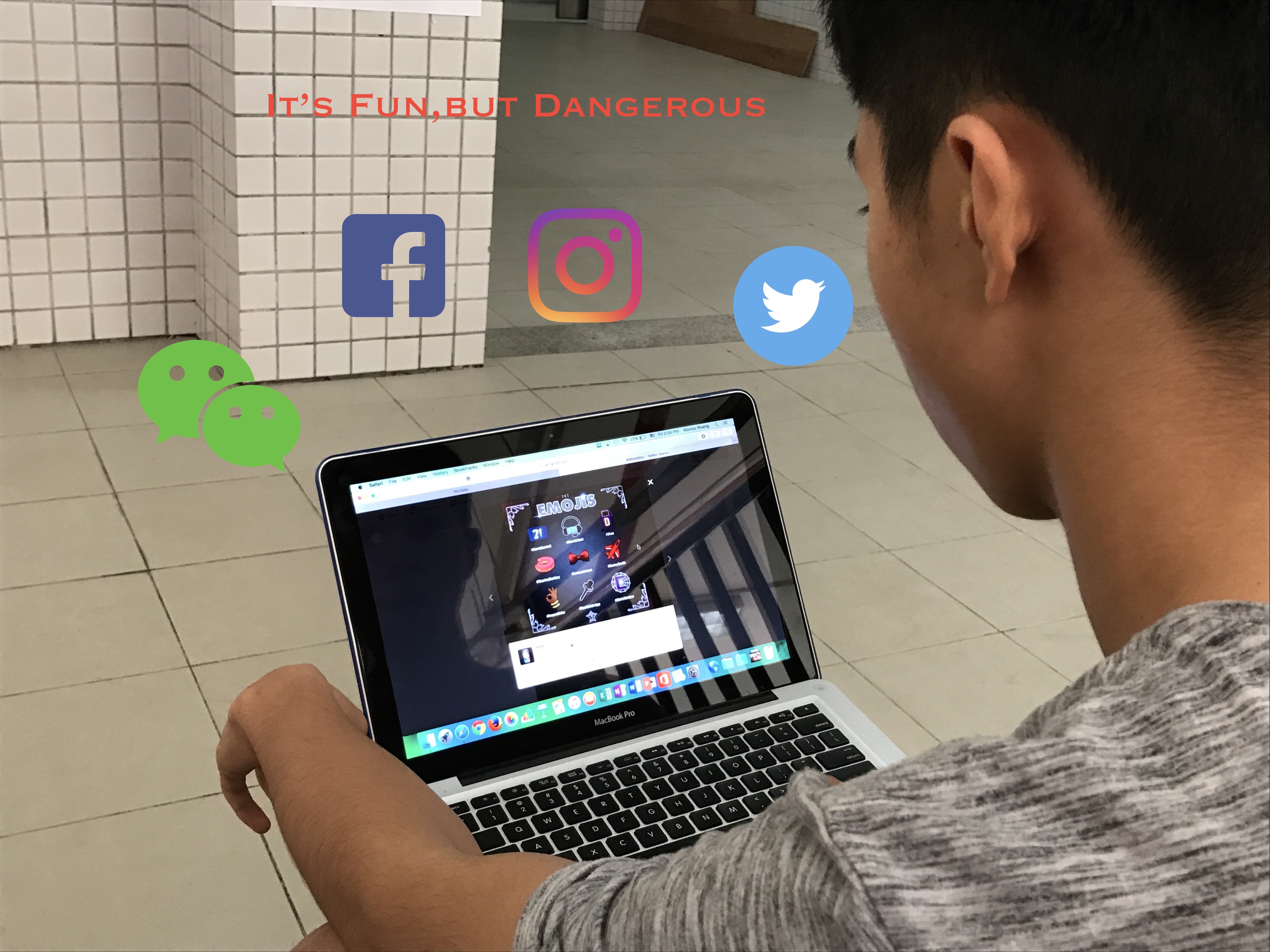
In many ways social media has improved communication between people, and has made them more involved in international events. Despite the great benefits that social media has promised, it is currently being used to tarnish the reputation of several people. Facebook, a well-known social media platform was recently used to post false rumors about a Syrian refugee being connected to the ISIS terror attacks. False rumors may be treated as a joke on social media, but those who are affected by it, may not take it so lightly.

Anas Modamani, a Syrian refugee was the victim of barrage of numerous Facebook news posts that accused him of being connected to ISIS terror attacks after he posted a photo of himself and the German chancellor, Angela Merkel. Modamani, due to his name and likeliness, was the target of several of these racist comments put out by fake news producers, who photoshopped the image, and made it seem as if Modamani was a masked terrorist. These posts started to originate in January 2016, and have continued to circulate. Modamani constantly feels the brunt of these posts, as the string of ISIS attacks are blamed on him. After first seeing these fake news stories, Modamani commented, “I saw my photo posted… But it was not me.” Despite the fact that these news stories were fake, media has the ability to sway the readers into believing they are real. Such stories have the ability to shape one’s relationships with others, and determine their future. Therefore, it is important for readers and social networking sites to acknowledge the power that such posts have.

Despite the fact that Facebook claims they were ignorant to these false news posts, and that it would require a “wonder-machine” to track these racist comments, Modamani’s family states that prior to the large spread of this issue, they sent numerous complaints to Facebook. Despite these attempts to have the photo taken down, Modamani was constantly met with the same response that claimed the image did not go against Facebook standards. Even though the photo was removed soon after it became a court matter, the false articles had already been reposted over 200,000 times, making it impossible to erase them from the web. Facebook had the choice to take immediate action prior to the media crisis, so the blame falls on Facebook for not being active enough in this situation.
Having billions of posts a day is not an excuse for the lack of response Facebook displayed when it failed to acknowledge the concerns of one of its users. In the future, if Facebook hopes to keep the peace between their users and keep their work quota within limits, it should form a policy in which it should respond to users concerned about a certain post, and communicate to Facebook staff via email. This will help Facebook separate users who do and do not mind having posts about them. Facebook should use their resources, such as their Safety and Hate and Harassment team to tackle the posts that users are concerned with. Following Modamani’s court case, Facebook has significantly increased their policies and tools to snoop out false news.
False news will continue to grow unless people take initiative to battle the problem on social media and report such posts if they are truly offensive. This problem is most likely to occur in schools, as students are generally more exposed to social media then other people and also more prone to expose embarrassment.